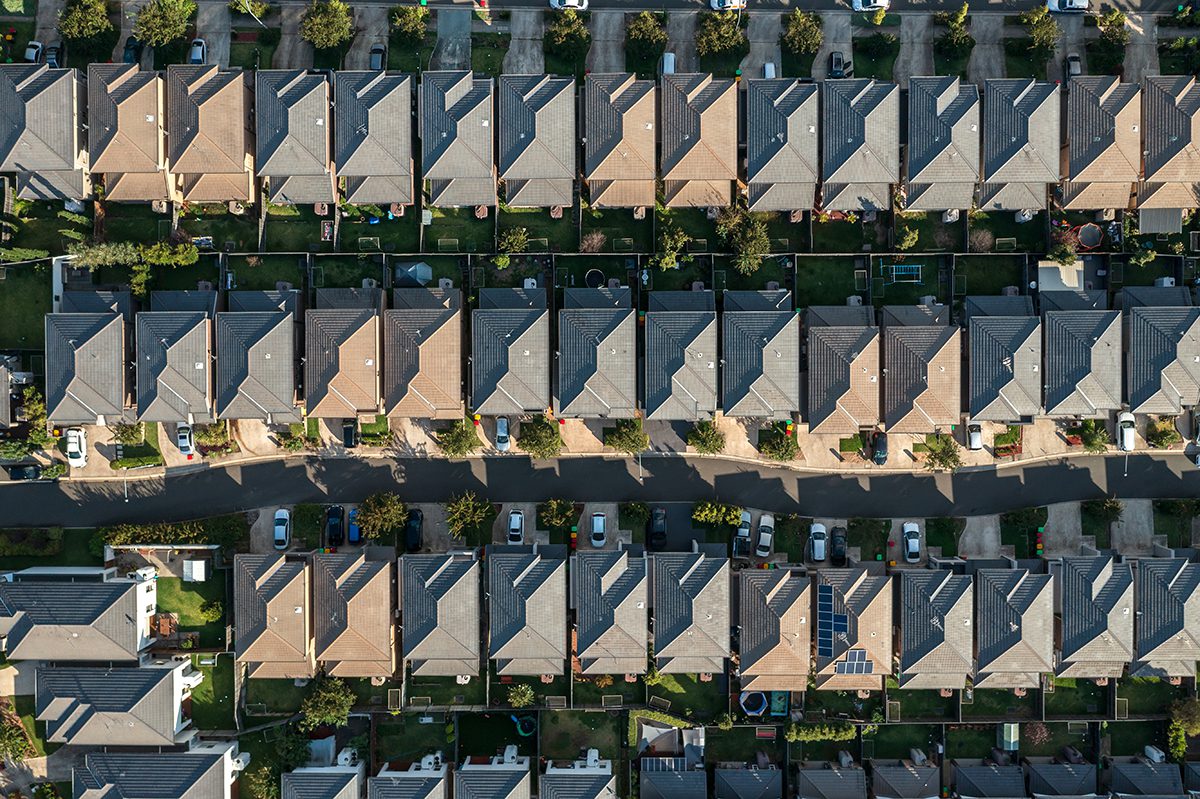Economic Snapshot
The COVID-19 pandemic brought an end to Australia’s unprecedented 30-year run of straight economic growth.

Economic Snapshot
The COVID-19 pandemic brought an end to Australia’s unprecedented 30-year run of straight economic growth.
The 2021-2022 Budget projects that Australia’s recovery from the COVID-19 recession will be swifter than any previous recovery. In the aftermath of the recessions of the 1980s and 1990s, it took the unemployment rate between 8-10 years to recover to pre-recession levels. The current recovery in unemployment in projected to take less than two years.
It is important to keep in mind some fundamental economic assumptions that sit behind the Budget:
Other non-economic, but fundamentally important, assumptions also include:
Debt and deficit
As the economy recovers over the next four years, the deficit will decline in both absolute terms and as a percentage of GDP, but net debt will remain high.
The estimated deficit in 2021-2022 is $106.6 billion, representing 5% of GDP.
The deficit is expected to reduce in both absolute terms and as a percentage of GDP every single year for the next 4 years, ending up at $57 billion in 2024, representing 2.4% of GDP.
Net debt will continue to increase from $729 billion in 2021-2022, representing 34.2% of GDP to $980.6 billion in 2024-2025, representing 40.9% of GDP.
While the economy keeps growing and the deficits are getting smaller, Australia’s total net debt will continue growing for the foreseeable future and still represent a significant percentage of GDP.
Gross Domestic Product and Inflation
Rebounding from the recent economic downturn, increasing consumer sentiment on the back of significant economic stimulus will see strong growth in GDP.
The latter half of 2020 saw healthy economic growth as the Australian economy recovered from the COVID-19 pandemic, experiencing two consecutive quarters of over 3% economic growth, for the first time on record.
With the roll-out of the vaccine and continued fiscal support, the Australian economy is expected to see Real GDP grow by 1.25% in 2020-2021, 4.25% in 2021-2022 and 2.5% in 2022-2023. This growth will be further supported by the ongoing strength in key commodity prices, notably iron ore, with demand from our key trading partners remaining strong.
The June 2020 quarter saw a significant decline in inflation, driven by a contraction in global oil prices and the introduction of several policy measures, including free childcare.
Inflation is projected to peak at 3.5% in 2020-2021, alongside the recovery of global oil prices. This increase is anticipated to only be transitionary, with predicted inflation of 1.75% in 2021-2022 and 2.25% in 2022-2023, returning to the RBA’s 2-3% target range, fostering further economic growth.
Employment and wages
Unemployment rates are forecast to return to pre-crisis levels or lower.
Since May 2020, almost one million jobs have been created or restored in Australia with more Australians employed than ever before.
The unemployment rate has fallen rapidly and is set to recover five times faster than the last recession in the 1990s. By mid-2022, the unemployment rate is expected to fall to 5%, and fall further to 4.75% in mid-2023. This is a remarkable forecast as the unemployment rate in Australia has only been sustained below 5% once since the early 1970s.
People movement and migration
Domestic and international travel is expected to gradually recover over the 2022 year.
From mid-2022, a gradual return of temporary and permanent migrants is expected to occur. Small phased programs for international students will commence in late 2021 and gradually increase from 2022. However, the rate of international arrivals will continue to be constrained by state and territory quarantine caps in 2021 and the first half of 2022, except for passengers from Safe Travel Zones.
Inbound and outbound international tourism is expected to remain low through to mid-2022, after which a gradual recovery in international tourism is expected to occur.
Domestically, no extended or sustained state border restrictions are expected to be in place over the forecast period.
Business investment
A significant increase in business investment is expected to drive economic growth in the later years of the forecast period, complementing Government stimulus spending.
Notwithstanding the various business investment measures previously introduced, overall business investment is still expected to fall by 5% in 2020-2021, on top of the 2% fall in 2019-2020. However, these falls are much less than originally predicted (i.e., 12%) due to robust growth in demand for machinery and equipment growing at its fastest pace in seven years.
The overall recovery in business investment is expected to begin in 2021-2022 by a modest 1.5%, to then grow exponentially by 10% in 2022-2023, led by demand for vehicles and agricultural equipment in the non-mining sector. Investment by the mining sector is expected to grow at a steady 3-3.5% per year.
The extension of the full expensing measure to 30 June 2023 is expected to play a fundamental part in this business investment growth expectation. In its Budget estimates, this measure (alongside the loss carry-back measure) is expected to contribute $7.5 billion to GDP in 2021-2022 and $8 billion in 2022-2023, as well as create 60,000 new jobs.